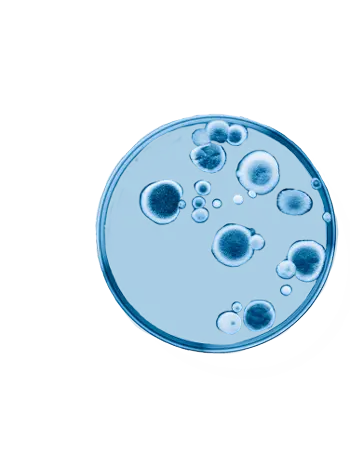Asthma in Autumn
Asthma, particularly in autumn, often worsens for many individuals due to environmental and seasonal triggers. This season is characterized by increased exposure to allergens like mold spores, dust mites, and ragweed pollen, which are known to aggravate asthma symptoms. Additionally, cooler temperatures and respiratory infections, which are more common during autumn, can also contribute to asthma flare-ups.
Asthma diagnosis typically involves: pulmonary function tests (PFTs), peak flow measurements, FeNO (Fractional exhaled nitric oxide) testing and allergy testing. As a prevention, it is recommended to reduce exposure to known allergens like mold, ragweed, and dust mites, using air purifiers and allergen-proof bedding. Since viral infections worsen asthma, annual flu vaccines are recommended for asthma patients. It is important also to adjust medications during this season, including the use of inhaled corticosteroids and bronchodilators, to manage inflammation and prevent attacks.
Studies indicate that hospital admissions for asthma rise during autumn, often peaking in September and October, especially among children. Children's asthma attacks tend to rise by around 40% after schools reopen, and reports indicates that 25% of all hospitalizations of children for asthma occur in the month of September. This has been attributed to viral infections and environmental changes, such as exposure to school-based allergens (e.g., dust mites, mold).
IVD reagent specialists for infectious disease diagnosis
At Rekom Biotech, we have specialized in human and animal infectious diseases, designing and producing recombinant antigens and polyclonal antibodies for use in antibody and antigen diagnostic tests.
-
[[carrito.product.name]]
- [[sku.sku]]
Or if you prefer...
As manufacturers, we can tailor our products to your needs. Contact us!
-
[[carrito.product.name]]
- [[sku.sku]]
As manufacturers, we can adapt our products to your needs.
Contact us!




